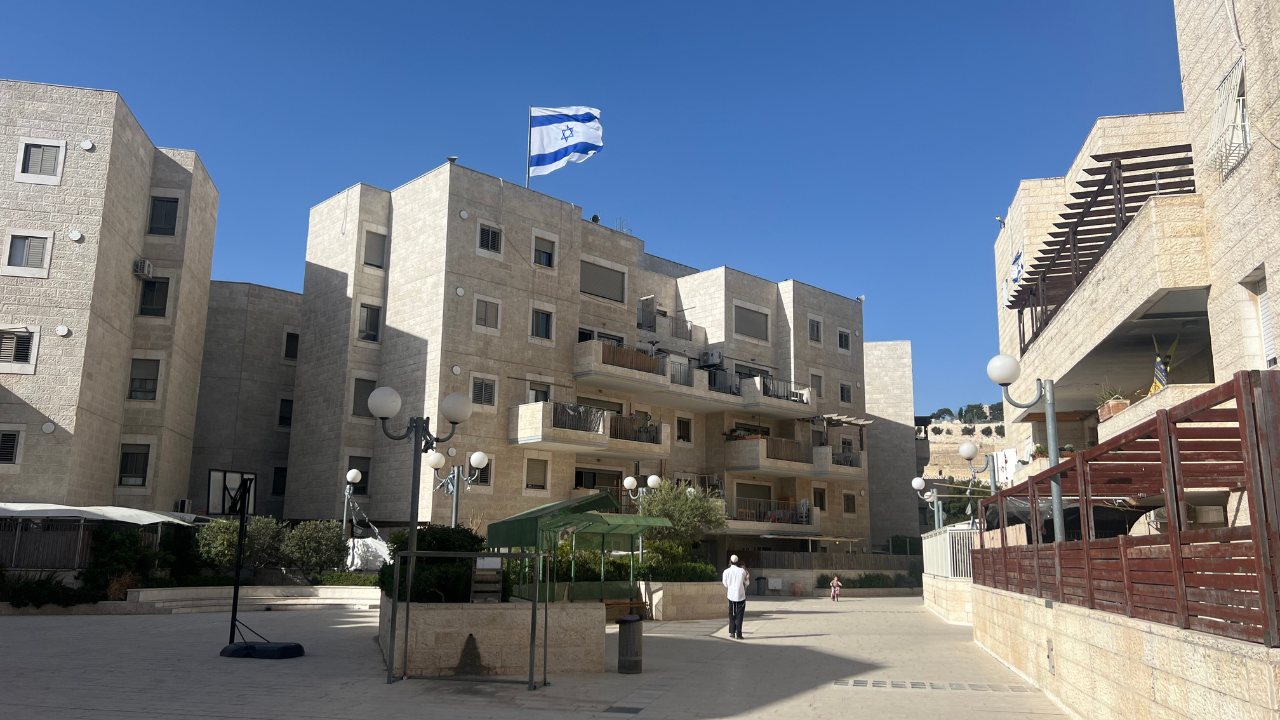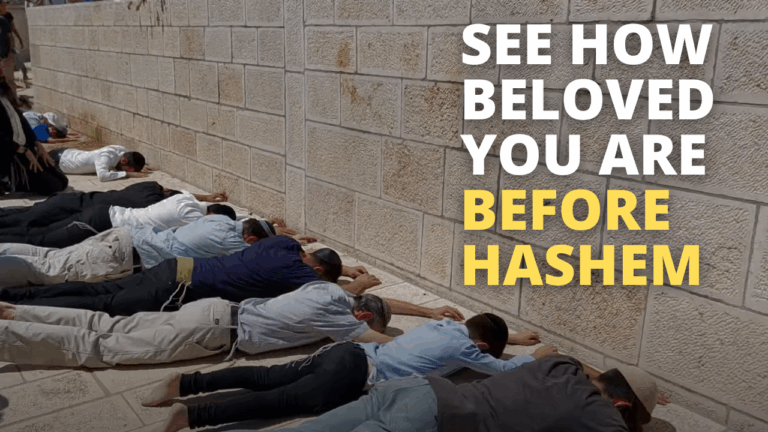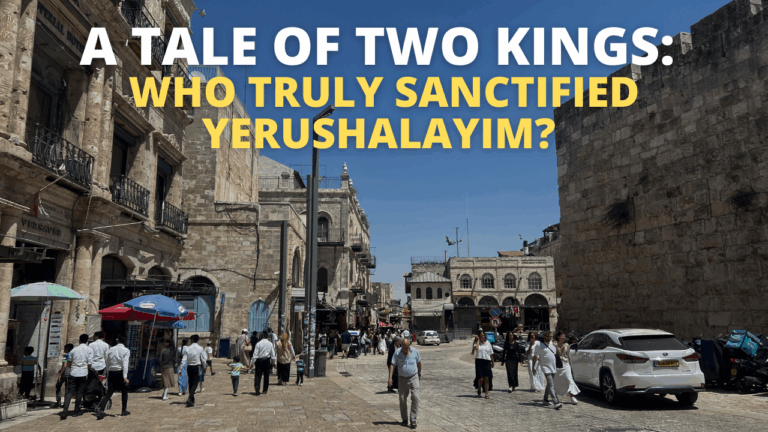The Purity Beyond Possession
When introducing the concept of נגעי בתים, the tzara’at affliction that appears on the walls of a house, the Torah puts much emphasis on Eretz Yisrael and its ancestral portions. “When you come to the land of Canaan, which I am giving you as a possession, and I place a lesion of tzara’at upon a house in the land of your possession” (Vayikra 14:34). Ever attuned to the nuances of the pesukim, Chazal note that tzara’at can only cause impurity to the contents of a home when it is located in Eretz Yisrael, and only within a parcel of land allocated to a particular shevet.
This leads to a major Tannaitic debate as to whether Nig’ei Batim can apply to homes found within Jerusalem (see Neg’aim 12:4, Yoma 12a, Megillah 26a). Rebbe Yehuda maintains that Jerusalem was indeed divided between Binyamin and Yehudah, with Shevet Yehudah receiving the lion’s share of the actual city and Binyamin receiving a large portion of the Mikdash. Accordingly, any home in Jerusalem is subject to the contaminating effect of tzara’at.
However, the other Chachamim disagree, asserting that ירושלים לא נתחלקה לשבטים-Jerusalem was never divided among the Tribes of Israel. As such, no home within the holy city is considered a “house in the land of your possession,” and is not subject to the tumah of tzara’at.
The opinion of the Chachamim is quite perplexing, given that it seems to contradict dozens of other ma’amrei Chazal.The Gemara and Midrash are packed with numerous references to the Beit HaMikdash residing in the ancestral portion of Binyamin. In fact, many pesukim in Neviim (Yehoshua 15:63, Shoftim 1:21) and Ketuvim (Tehillim 78:68) explicitly reference Jerusalem being apportioned to Yehudah! The odds seem stacked against the position of the Chachamim. And yet, the Rambam (Tuma’at Tzara’at 14:11), and many other authorities, render the halacha in favor of the Chachamim! How can we so blatantly ignore the vast evidence suggesting otherwise?
The Mishna in Avot D’Rebbe Natan (perek 35) provides us with a simple yet profound answer. In truth, the Chachamim acknowledge that Jerusalem was initially apportioned to the two tribes of Yehudah and Binyamin. But after Jerusalem was chosen as the eternal resting place of the Divine Presence, these tribes relinquished their exclusive rights to the holy city in order to share it with all of Klal Yisrael (see Chazon Ish to Orach Chayim 126:8 for a beautiful presentation of this sugya). Given that Binyamin willingly ceded the Makom HaMikdash to the other tribes, Hashem eternally rewards him with zechuyot as if he is still hosting the holy Temple. Similarly, members of Yehudah must open up their homes to all Jews who seek to ascend to Jerusalem, even though it technically was apportioned to his tribe alone.
In this technical halachik discussion lies very deep insight into the nature of Jerusalem and Klal Yisrael. But for our current purposes, I would like to, b’derech derush, note the power of opening up Jerusalem to all of Klal Yisrael.
When a tzara’at affliction appears on a house in Eretz Yisrael, the consequences can be severe. Any object or person remaining inside the house becomes tameh. If the sin causing the tzara’at is not rectified and the affliction persists, the entire house must be demolished, and its building materials permanently exiled beyond the borders of civilization. A once vibrant Jewish home is now rendered a desolate lot, its memory lost to time.
But Jerusalem is spared from this tragedy. Because she is shared by the entire Jewish people, because her homes are always open to any Jew who seeks the refuge of the holy city, she is inoculated against the devastating impurity of tzara’at. She does not belong to any particular Jew; she belongs to Knesset Yisrael. And the home of Knesset Yisrael can never be defiled.
May we speedily witness the day that HaKadosh Baruch Hu completes our redemption with the return of all Jews to the “City that binds us together,” speedily in our days.
DOWNLOAD/PRINT


